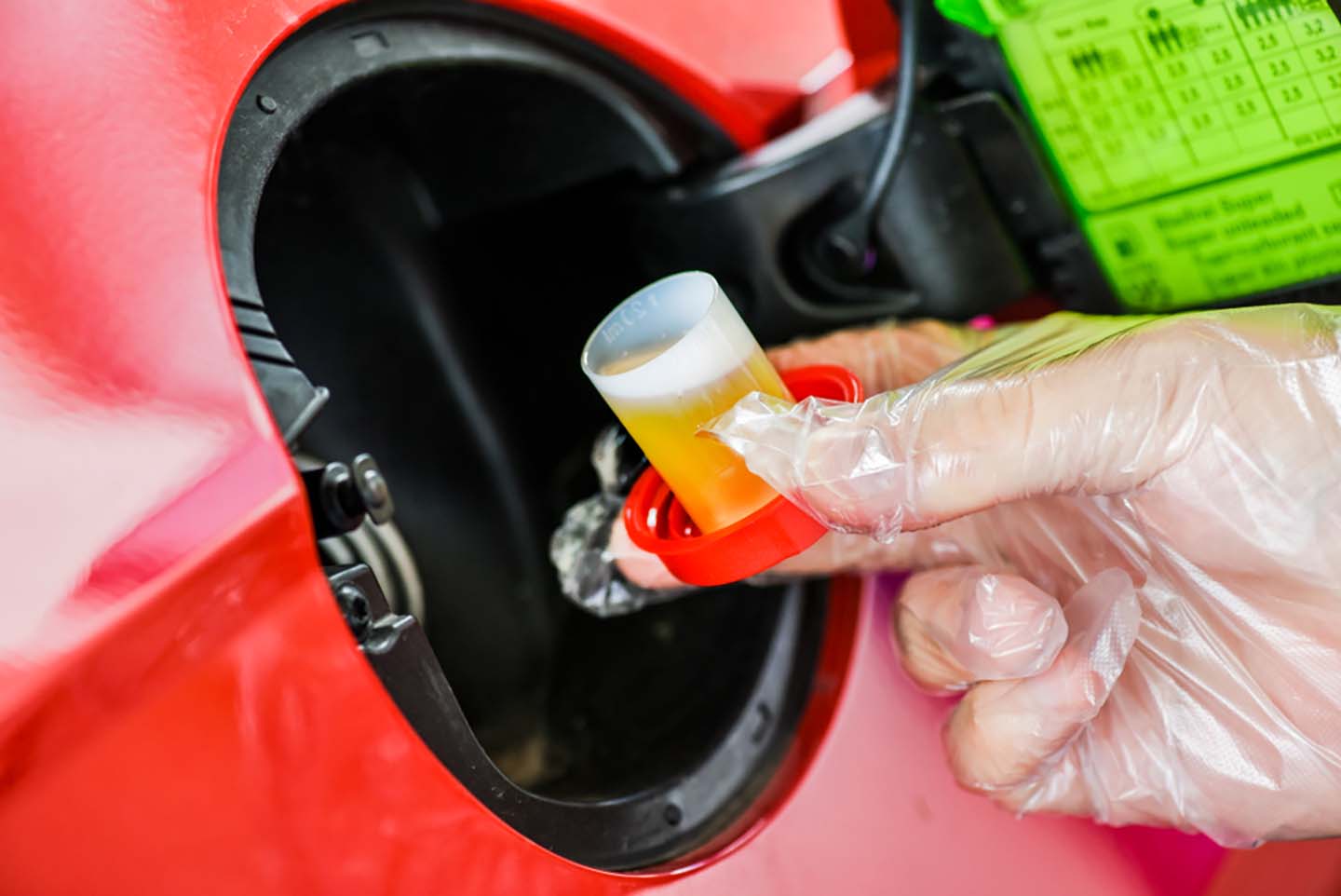5 Do It Yourself Diesel Performance Upgrades
Oct 3rd 2024

Brandon Woyshnis/Shutterstock
You don’t have to be a mechanic to improve your truck or van’s performance. All you need is a copy of your owner’s manual, a few tools and a rudimentary knowledge of diesel engines. Making enhancements yourself saves money on repairs and teaches you how your engine works. Learn how to make DIY diesel performance upgrades to increase efficiency and power.
5 DIY Diesel Performance Upgrades
1. Replace the Air Filters
Air filters remove debris from the air intake to keep the engine clean and the air flowing. When you change it every 12 months or 15,000 miles, replace it with a high-performance air filter to get more particulate out of the oxygen supply, especially in areas with poor air quality, such as construction zones. If you feel ambitious, upgrade to a cold-air or high-flow air intake system to increase power and acceleration. Cold air compresses faster for less lag when you hit the gas.
Shop All Diesel Products

SURAKIT SAWANGCHIT/Shutterstock
2. Reprogram or Replace the ECM
The engine control module is the brain of the vehicle. It regulates injection timing, oil, fuel, air pressure and other processes determining your vehicle’s specifications. Replacing the ECM can improve fuel efficiency and eke out extra torque and horsepower without more extensive repairs by overriding factory limits. A faulty ECM can also mask underlying sensor failures that can affect performance. Learn about the signs of a bad fuel regulator to maintain mpg ratings.
3. Install a Gear Reduction Starter
If your diesel still uses direct drive, add a gear reduction starter to generate more torque from the battery without compromising horsepower. These starters are easy to install, protect against amperage loss in cold weather and reduce vehicle weight to provide an instant boost. Shop for Xtreme Diesel gear reduction starters to draw less amperage when accelerating.
4. Use Fuel Additives
The easiest way to increase performance is to change how you refuel. Add fuel additives whenever you top off the tank to make the gas easier to burn. They clean the injector heads to spray the fuel as a fine mist to ensure nothing gets left behind.
Using high-quality synthetic oil instead of blends and mineral compounds increases efficiency. Change your oil and oil filters every 5,000 to 10,000 miles and flush the system at least once a year to remove built-up debris in the tank or high-pressure oil pump.

Krasula/Shutterstock
5. Improve Emissions
Modern diesel engines treat the exhaust to reduce harmful emissions. Selective Catalytic Reduction (SCR) systems use diesel exhaust fluid (DEF) to break down pollutants into benign compounds. Exhaust Gas Recirculation (EGRs) use coolant to recycle the exhaust instead of letting it out the tailpipe.
You likely won’t notice these systems until they malfunction; most last a fraction of the engine’s lifespan. Extreme temperatures can lead to cracks and DEF freezing. Not treating the exhaust reduces efficiency and damages the engine. Upgrade the system or replace individual components as needed. Shop for diesel exhaust parts to repair aging emissions systems before they break down. You can also upgrade to a larger exhaust or high-flow option to further lower the temperature of the exhaust gas, which reduces wear and tear.
Find diesel auto parts for all types of modifications to get the most out of your engine. This list doesn’t include all the ways you can modify your truck. Most extensive upgrades involve replacing the fuel system, adding or upgrading the turbocharger and lifting the suspension, all requiring expert technical knowledge. If you want to DIY, test the engine extensively before hitting the road and refer to your owner’s manual to see if your modifications will affect performance or safety.
